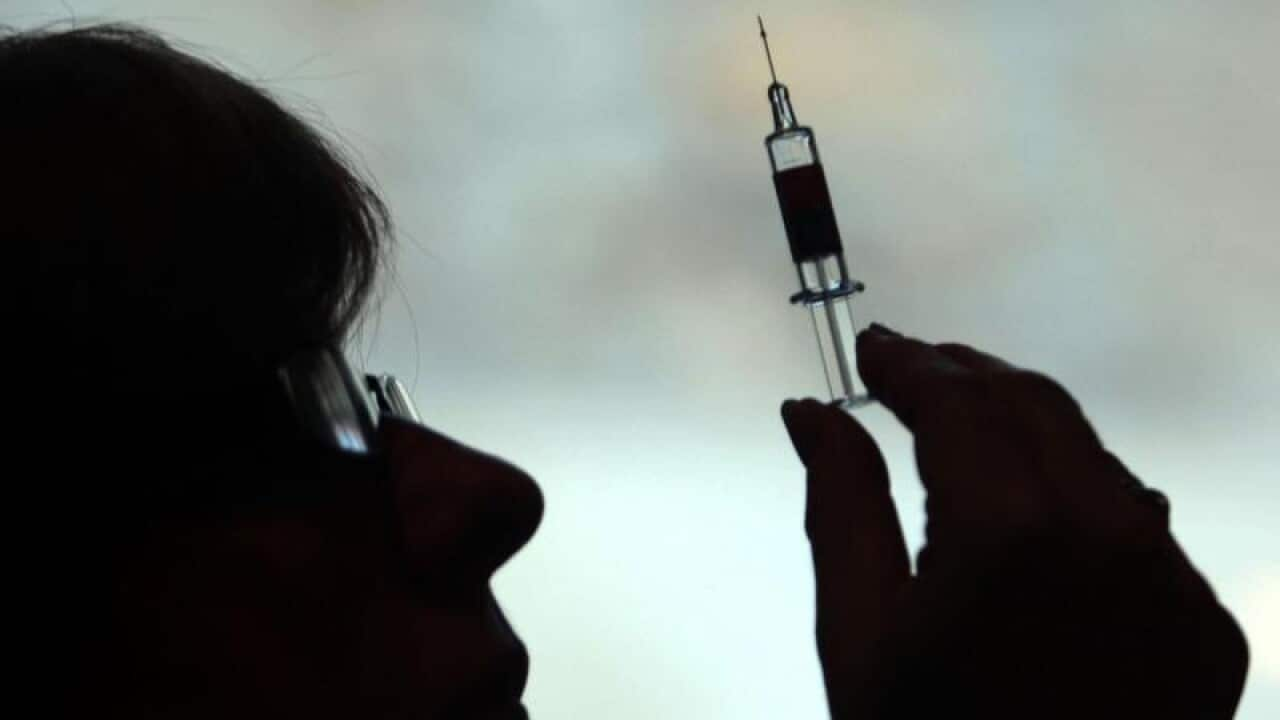Not all melanomas have the typical features doctors and specialists have traditionally looked for and there are other suspicious characteristics that need greater attention, say Australian experts.
Any elevated, firm and growing (EFG) spots or lesions should be suspected of melanoma, recommend experts from the Victorian Melanoma Service, Peter MacCallum Cancer Centre, the Melanoma Institute Australia and the University of Sydney.
Looking for these features would improve early detection and ultimately save more lives, they write in a paper published in the Medical Journal of Australia.
"While there have been many recent improvements in treatment options for metastatic melanoma, early diagnosis remains critical to reducing mortality from the disease. Improved awareness of the atypical presentations of this common malignancy is required to achieve this," they write.
Atypical melanomas may lack the more classical ABCD (asymmetry, border irregularity, colour variegation, diameter greater than 6mm) features of melanoma.
Because of this the authors advise that any lesion that continues to grow or change in size, shape, colour or elevation over a period of more than one month should have a biopsy taken or referred for expert opinion.
"Suspicious raised lesions should be excised (cut out) rather than monitored," they write.
The recommendations are included in updated clinical guidelines for the detection and management of the deadly skin disease being written up with support from Cancer Council Australia and Melanoma Institute Australia.
Cancer Council CEO, Professor Sanchia Aranda says its important these three additional features become well known among the wider population not just clinicians.
"With the common melanoma what you see on the surface is flat spreading and they go deeper, whereas these ones rise up more," Prof Aranda explained.
Related reading

Healthy diet prevents birth of big babies
The cancer expert says it would be dangerous to let these lesions go unchecked.
"What this paper is really saying is early excision and pathological analysis is warranted rather than waiting and seeing," Prof Aranda said.
"We need to add the elevated, firm and growing elements to the types of changes people should be looking out for. The critical thing for anyone who's got something on their skin is change; anything that's changing needs to be reported to your doctor," she said.
Share





